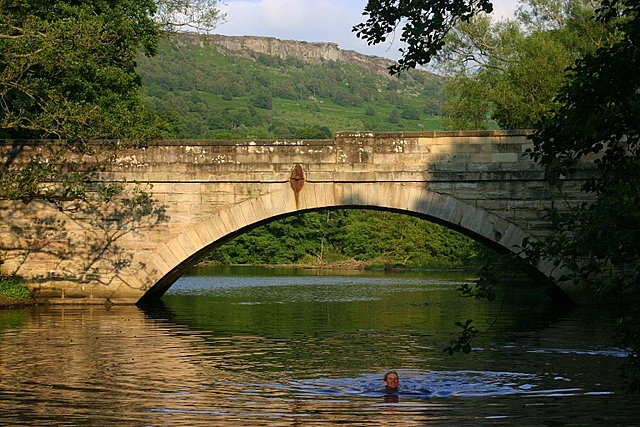A Warning To All Shunters!
15th May 2009
I thought I was a fairly experienced climber. I am a fairly experienced climber actually - I started doing it 17 years ago so blinkin’ well should be. However I learnt the other day that being an experienced climber doesn't necessarily mean that one doesn't make mistakes, and when climbing, mistakes can be fatal. Fortunately I'm here to tell the tale, but it was a hairy moment!
It was a sunny afternoon, I was bored with work, so decided to go shunting for an hour at Electric Quarry, an esoteric little venue with its own generator and resident buzzing, just a few miles from the house. Cabbage Crack is an E4 that had been my nemesis for a season a few years back, taking three, maybe four visits to make a clean ascent. Shunting, for those who don't know, is a method of climbing whereby you set up a fixed rope on the line that you want to climb, tied off to a belay at the top, and then climb the route, self-belaying up the rope. There are a large number of methods, techniques and devices which lend themselves to shunting, or self-belaying, but it would appear that there are none that are foolproof.
Having never shunted before I did a little searching on the net before heading out, and decided upon my method. I set up a rope, tied off to a tree, abseiled down the line, tensioned off the rope with a camming device in a crack to make the rope tight (lesson 1 - I should have used a weighted rucksack as I you can at least lift the rucksack to give yourself some slack rope if necessary), and attached myself to the rope with a belay device called a Faders SUM (See review). This is rather like the more commonly known and used Petzl GriGri, but is suited to thinner ropes than a GriGri (I was using a 9mm sport rope). They both use a self closing camming mechanism to bite the rope if you fall off. I climbed up a few feet and jumped off to test the system. It worked fine. The only issue was that I didn't have the kit necessary to make a chest harness (lesson 2) which meant the device was sometimes 6 inches below my waist meaning a longer fall if I fell off - though nothing to drastic.
Approaching the crux, some 50 feet up the route I looked down to see that the pear shaper karabiner (lesson 3 - should have used an oval karabiner with a locking device to stop it turning around) that I had clipped the SUM to my harness with had turned around (lesson 4). The narrow end of the krab had caught on the lever on the SUM that is used in order to release the camming mechanism once locked. In effect it was locked in the open position, stopping the cam from being able to bite the rope. I calmly reached down to turn the krab back around, and realised with horror that I couldn't, it was all under too much tension and I couldn't move it. If I fell off now I would hit the ground! I climbed up another move to try to free it. This didn't work either. Panic started to set in. I grabbed the rope with both hands and began to down climb. After half a dozen hand movements down the thin roped I decided I would not be able to continue like this without my sweating hands slipping, so reached for a rusty peg. With a finger through the peg I was able to unclip a spare karabiner from my harness, somehow clip the peg, and then clip into the karabiner. From there I was able to use two hands to forcibly free the lever, unclip from the peg, weight the rope, and then use the lever for its intended use, and abseil back down the rope.
On my way home I stopped off at Calver bridge and jumped off it to cool off and calm down!

